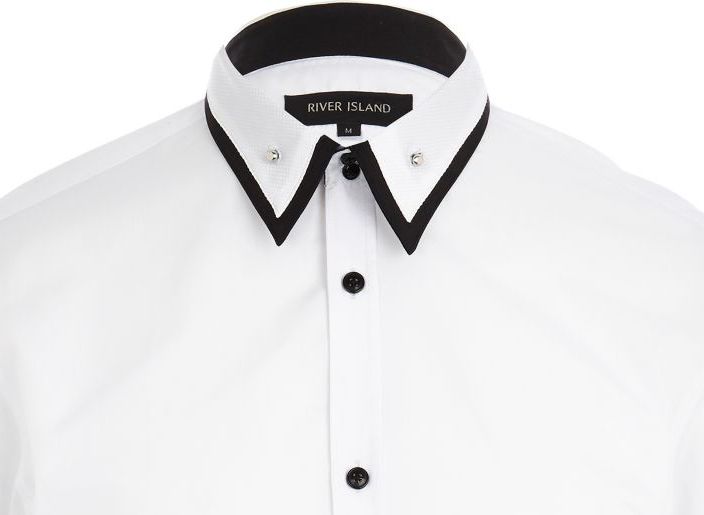9 Creative and Effective uses of Influencer Marketing
Mainly because while many clamor for attention, few acquire it. And those that acquire it, sometimes do not even seek it. This maze of attention has several parallels with marketing.
In an evolving world of defining influencer marketing, one thing is for certain: influencers are ahead of the game, since they already have the attention of a set audience group. Having defined their existence and ways to search them, its time to see how brands can utilize influencers effectively and creatively.
And having been an influencer myself, I can share perceptions on the essential two-way street relationship of garnering attention, aka marketing.
Start with an objective, not an influencer
Like any strategy, start with an objective. It’s one thing if a brand wants to reach out to fashion bloggers to encourage their followers to sign up for an app or to sell a product, versus say simply spread awareness. Influencer marketing is essentially an extension of celebrity endorsements: people look to those they respect or value for trial and usage. Case in point: the shift of Chocolate Milk from a kid’s beverage to a sports one with the Got Chocolate campaign, via employing athletes, fitness bloggers and nutritionists to prove that chocolate milk is a refueling beverage. The objective here was a positioning shift, which will be tackled shortly.
Work with authenticity
Many brand endorsements seem like shameless plugs. While these may raise sells, they are also at risk of brand reputation, especially if audiences can see through them. The thing with influencer marketing is that overly publicized posts can look artificial. And the nicher the audience, the more easily they figure it out. As such, authenticity becomes a strategy instead of a trait. Which is why Royal Caribbean‘s choice of giving away a free family cruise to a prolific mommy blogger in exchange for blogging about the trip was a smart way to get more authentic feedback.
Target the product giveaways
Its no surprise that such giveaways are fundamental to influencer marketing. The better ones are understated, like BlinkBox giving proven movie buffs free service trial. The consequential targeted engagement was above acquisition from other marketing channels, showcasing the power of finding the fit with the right influencers.
Tweak a brand’s positioning
Sometimes a brand needs a fresh perspective on what it stands for and how it is perceived by potential customers. To communicate champagne as affordable luxury, Piper-Heidsieck partnered with two disparate industries, starting with confectionery by having Adriano Zumbo create a macaroon to pair with champagne for the holiday seasons. The brand also invited fashion bloggers for custom footwear promoted with Shoes of Prey. Bringing champagne to a non-wedding and more everyday celebratory situation worked to revitalize the positioning.
Influence with a wider distribution
Soemtiems a brand simply needs to reach a wider audience. In a mundane auto world, Kia combined the trending dating scene with match-making, thus targeting an altogether different demographic. They launched the Kia Social Club to enable bloggers to tell their stories. The resulting engagements showcased the power of consumer voice, unraveling that consumers love to share their own stories.
Promote a product launch or an event
Having admittedly been invited to fancy parties like the Adon Magazine launch or the collaboration of Super Sunglasses with the Andy Warhol foundation, using influencers with voluminous, relevant reach is not a new facet of marketing. Like Kia, finding the unusual combination of doing so is. Which is why a cocktail launch of Cointreau used influencers with a focus on fashion bloggers instead of food influencers worked well. The result was a fashionable beverage launch for a cocktail, which fashionistas may have not immediately known about.
Make influencers the enablers
As an influencer, the one thing I can validate is that influencers do not simply like to be treated as an advertising board. Make influencers part of the process, or create a strategy that enables them to interact with the product or service. Bing did so in its Summer of Doing campaign where users shared quirky search terms with each other, thereby elevating the functionality of the platform. Targeted bloggers and influencers created consequential content. Similarly, River Island had me to pair white shirts with trending styles (and gracefully include other brands), something that I found better than simply posting a selfie wearing one, as it made me a stylist more than an influencer. Win-win situation!
Develop campaign material
Influencers like being part of the creation process too. Which is why brands like the Man Tea division of Your Tea, known for muscle gain, reached out to fitness enthusiasts and models to try their tea and in turn posts their hot selfies and pics. The result? Induced trial by aspirants who adore these influencers. Not only is this a good way to measure returns on giveaways, but it makes influencers part of the creative process and creates visuals that the brand can use. Several startup brands succeed at this, within similar categories too (hello Fit Tea).
Think outside the industry box
Almost like a sequel to the two way relationship of digital marketing, brands can think outside the box to not just enable influencers, but to cater to causes that may not be directly related to them. Case in point, British Airways. In a lethargic airline industry, they crated an Ungrounded Innovation Lab in the skies by inviting San Francisco’s prominent influencers from leading companies to create solutions to address global challenges around innovation and the economy. The catch: a time limit of flight time. The result was a series of concepts presented to the UN on STEM cell research, showcasing how the right group of influencers can arrive at groundbreaking decisions. And the enabler was British Airways, benefiting from positive externalities compared to its competitors.





